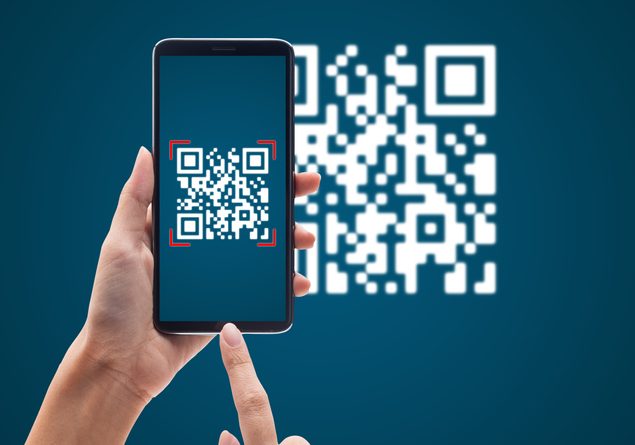Did you know that QR codes can store over 100 times more information than traditional barcodes? Here are some fascinating facts about QR codes that will make you appreciate their potential:
QR codes are a cost-effective and convenient technology that can revolutionize the way businesses market their products. Don’t miss out on the endless possibilities of QR codes!
Origin and development of QR codes
QR (Quick Response) codes were invented by a subsidiary of the Toyota Motor Corporation, Denso Wave, in 1994. The intention was to create a code that could be easily decoded in high-speed manufacturing environments due to the limitations of traditional barcodes. The QR code vastly improved data capacity and scanning speed, and it was quickly adopted by various industries in Japan. Eventually, it made its way to the rest of the world, becoming a popular tool for marketing and advertising.
How QR codes work
QR codes consist of black squares arranged in a square grid on a white background. The code contains data in the form of a series of embedded square modules. QR codes can store any type of data, including text, web addresses, geolocation coordinates, and even entire files. To scan a QR code, you need a smartphone with a built-in camera and a QR code reader app. Once you scan the code, your device translates the information and opens an associated link or action.
Fun Fact: QR codes can contain up to billions of characters, but most common ones like website URLs only contain a few dozen characters.
Advantages of using QR codes:
- Easy and convenient: QR codes make it easy and convenient for customers to access information quickly without manually typing the information or website address into their device.
- High data capacity: QR codes can store large amounts of data ranging from website URLs to contact information, which makes them versatile for various industries
- Trackable: QR codes can be used to track user engagement and measure the success of marketing campaigns
Physical vs. Digital QR codes
QR codes can be divided into two broad categories – physical and digital QR codes. Physical QR codes are produced through printing and are placed on items such as t-shirts, fliers, and business cards. These codes are then scanned using a smartphone camera. Digital QR codes, on the other hand, are produced in a digital format and can be quickly and easily shared via email or social media. Both types of QR codes offer their own unique advantages, and businesses can use either option based on their requirements.
Creative ways to use QR codes
In addition to scanning QR codes for access to information, businesses can also get creative and use them in unique ways. Here are some innovative ways to use QR codes:
- Use QR codes for restaurant menus or recipe instructions
- Place QR codes on flyers or business cards to instantly download contact information
- Add power bank stations with QR codes for charging on the go
- Create personalized badges with QR codes at events for quick and easy check-in
Examples of businesses successfully using QR codes
QR codes have been used by a range of industries to improve engagement with their target audience, such as:
- Bacardi used QR codes to provide cocktail recipes and create a mobile enabled promotion
- McDonald’s added QR codes to their food packaging to give customers access to nutritional information.
- Best Buy used QR codes to provide access to product reviews in-store
- Spotify utilized QR codes with their billboards by offering users to easily scan the code to play music on their Spotify app
The future of QR codes and possible advancements
As the world continues to innovate and technology evolves, it is safe to assume that QR codes will similarly develop. With advancements in augmented reality and facial recognition software, QR codes can have an integrated and synergistic relationship with these technologies. In addition, QR codes have the potential to expand into the world of contactless payments and interactive advertising. As the number of smartphone users continues to grow, QR codes may continue to become more integrated into daily life for businesses and individuals alike.





